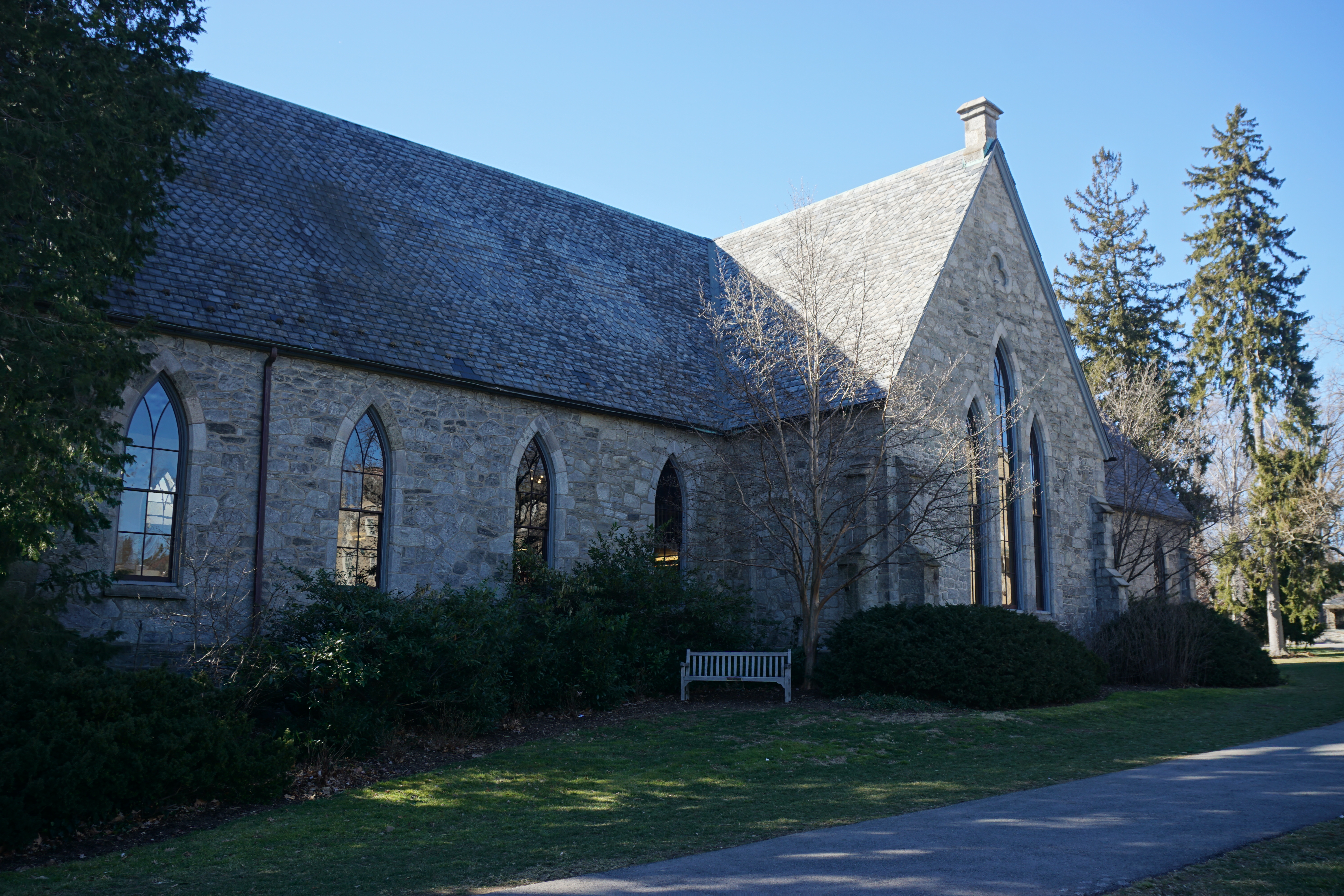This article is the first in an extensive series throughout 2017 about the Magill Library renovation at Haverford College.
By Ethan Lyne, Managing Editor
For 50 years, Magill Library at Haverford College has remained largely the same, with only minor changes to the decor and function of certain rooms in order to adjust to the changing needs of the community. However, as a part of the $225 million Lives That Speak fundraising campaign, Haverford’s main library is about to undergo its biggest rethinking and renovation in the history of the college.
The primary goal for this massive undertaking is to modernize the building to fit the increasingly diverse roles that a library must fill in a 21st-century collegiate environment. At the same time, it aims to create a more cohesive and communal space.
The Plan for Haverford 2020’s final report from October 2014 outlines the vision for the new library, which includes “appropriate teaching spaces, event space, centralized access for students to subject specialists, quiet reading rooms, and social spaces, as well as a cafe that fosters community and intellectual exchange.” These points were echoed by Terry Snyder, the Librarian of the College, who stated that the main goal is to create a “centralized hub of academic inquiry and engagement.”
The timeline for the renovation has yet to be finalized, but the current plans are to vacate the library spaces in December 2017 and have it completed as early as January 2019, depending on the method of construction. There are two such methods being considered: a closure of the entire library and relocation of services for a period of 12-14 months, or a more continual construction process that takes place in three phases with limited spaces open in Magill that will result in up to two years of work and completion of the project in 2020.
“The college has known for quite a while, even dating back to 2009 with the Master Plan, that the library was not meeting the campus’ need, particularly from a teaching and learning perspective,” explained Snyder. “It is an accumulation of several buildings dating from 1864 up to 1967, so all of these different buildings are beginning to fight against themselves and the programming.”
Snyder also said that the building lacks appropriate programming spaces for librarians, speakers, and professors, as well as space for Special and Quaker Collections, modern facilities for digital scholarship, sufficient storage for books, modern technological support and academic spaces for collaboration. All of these are strong motives for the extensive renovations that the library is about to undergo.
“The library is the heart of an academic institution, and while our heart is endearing, it is also outdated and ill-suited to the needs of the student body,” said Anna Saum (HC ’18). Saum is a student member of the Building Committee, the intermediary group of members of the community that will work alongside the architects.
According to Saum, the plans for the library are influenced by “data and input [that] have been collected over the past few years from surveys, white boards, and forums. We have a good idea of what the student body wants from the building, but we are still seeking constant student input throughout every step of the process.”
The outlined budget for the project is approximately $30 million, with the entirety of the funding comeing from donations and philanthropy, according to Vice President for Institutional Advancement Ann Figueredo ’84. Due to a $24 million gift from Howard Lutnick ‘83, one of Haverford’s most prolific donors, the library is also going to be undergoing a name change: Lutnick Library in place of Magill Library.
The architecture firm chosen to take on this project is Perry, Dean, and Rodgers, a firm based out of Boston, MA that has done extensive work on college campuses and specifically libraries in the last 30 years. They have completed numerous projects in the area, including the renovation of Dickinson College’s Waidner-Spahr Library and Ursinus College’s Kaleidoscope Performing Arts Center.
According to Snyder, “The thing that was attractive to me when I traveled to the various libraries that they have built was that each library was distinctive. They had all the right components … all of the spaces we want in our program they have made and brought forward in each of these buildings but in distinctive ways that meet the ethos of that particular school. I am particularly excited about realizing Haverford’s library.”
Per the request of Librarian of the College Terry Snyder, we are including her email address, tsnyder@haverford.edu, at the end of this article to offer members of the community a method of offering suggestions about the project.
Photo by Ethan Lyne
